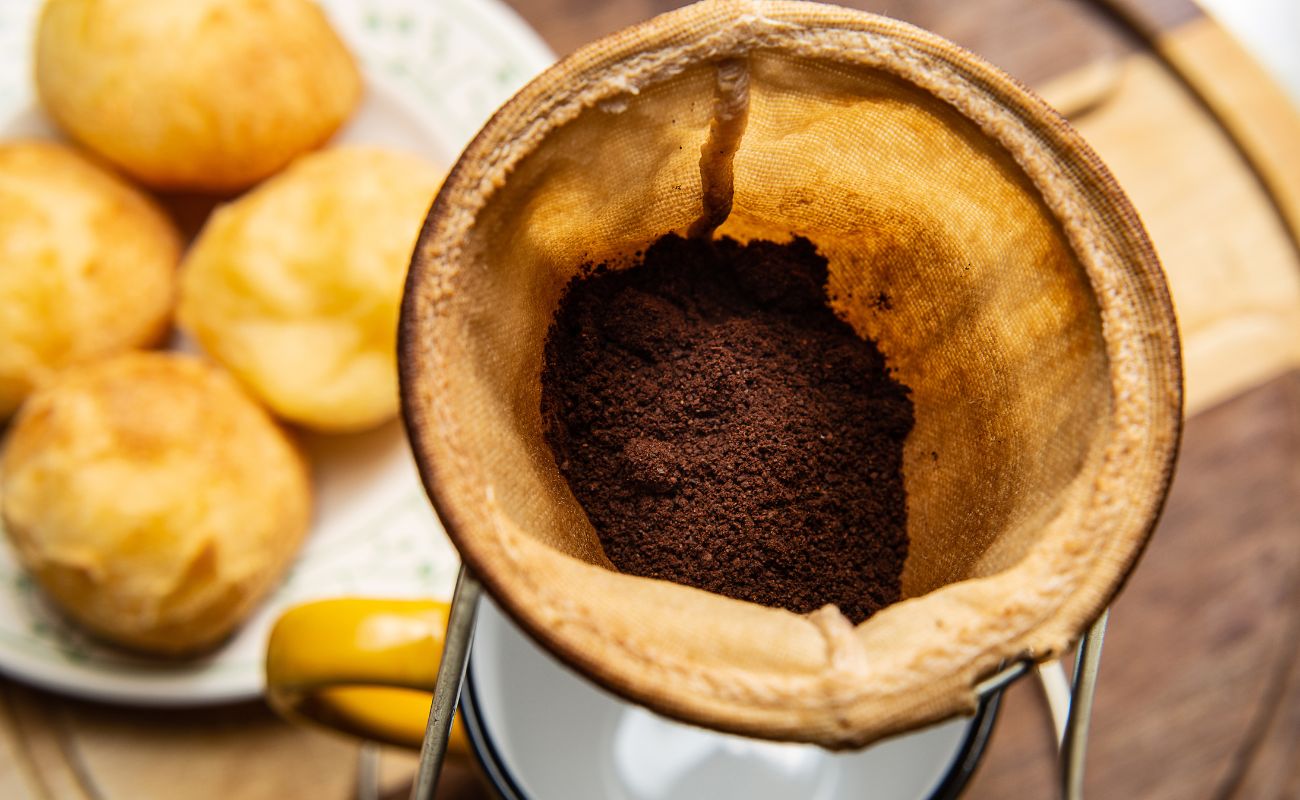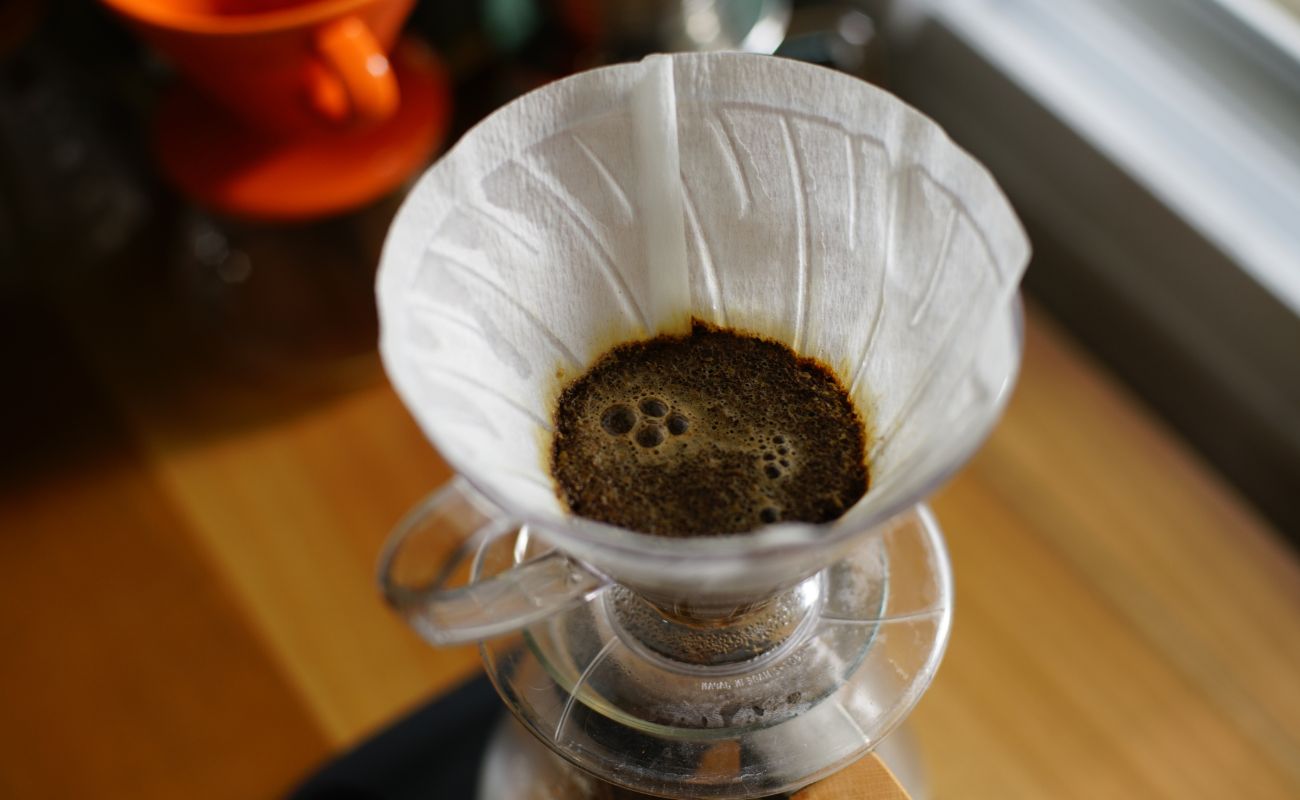News
How to make coffee without a coffee maker - 4 quick methods
by
Barsel
on
Mar 22, 2024
Have you ever found yourself wanting to enjoy a good coffee but without having a coffee maker handy?
Whether you're in a place without access to one, or you're simply looking to experiment with alternative methods to prepare your favorite drink, all is not lost.
There are several ingenious and traditional ways to prepare coffee that can get you out of a pinch and enrich your coffee experience.
In this article, we'll explore some alternative methods that allow you
to prepare delicious coffee without a coffee maker . We've ordered them by convenience; the first three require the fewest tools.
Making coffee in a pot or saucepan (with a pot)
Brewing coffee in a pot is a traditional method that evokes the essence of old-fashioned coffee. To begin, you'll need water, your preferred ground coffee, and a pot. Follow these steps for authentic coffee:

-
Heat the water: Fill the pot with the amount of water needed for the number of cups of coffee you want to prepare and heat it until the water is about to boil.
-
Add the ground coffee: Once the water is hot, but before it boils , add the ground coffee directly to the water. The recommended ratio is one tablespoon of coffee per cup of water , but you can adjust it to your liking.
-
Let it rest: Turn off the heat and let the coffee rest in the pot for about 4 or 5 minutes. This will allow the ground coffee to settle to the bottom.
-
To serve: Carefully pour the coffee into the cups, trying to leave the grounds at the bottom of the pot. If you wish, you can use a fine-mesh strainer to prevent coffee grounds from getting into your cup.
This method is not only simple, but it also allows you to experiment with the strength and flavor of the coffee, adjusting the amount of ground coffee and the brewing time to your liking. You'll enjoy a coffee with a rich, traditional flavor, perfect for starting your day or accompanying a relaxing afternoon.
Brew coffee with a strainer
Brewing coffee using a filter is a simple and effective technique for those times when you don't have access to a coffee maker. You'll need ground coffee, hot water, a kitchen filter, and a carafe or mug to serve it in. Here's how to do it:

-
Heat the water: First, heat the water until it is almost boiling, but not quite, as boiling water can extract bitter flavors from the coffee.
-
Prepare the strainer: Place the strainer over the pot or cup where you will serve the coffee. If the strainer is too large, you can hold it in place with your hand or secure it with a rubber band. For best results, use a fine-mesh strainer or add a paper filter inside the strainer.
-
Add the coffee to the filter: Add the ground coffee to the filter. The amount will depend on how strong you prefer your coffee, but a good rule of thumb is to use one tablespoon of coffee per cup of water .
-
Pour the hot water: Slowly pour the hot water over the ground coffee, allowing it to filter through the filter. Make sure to wet all the coffee evenly for optimal extraction.
-
Let the coffee filter: Wait a few minutes until all the water has passed through the filter and the coffee has completely filtered into the carafe or cup.
-
Enjoy: Remove the strainer and pour the coffee. Now you're ready to enjoy a fresh and aromatic cup of coffee.
This method is ideal for those looking for a quick and easy solution to prepare coffee without a coffee maker, offering a clean and pure taste with minimal equipment.
Making coffee with a filter
Brewing coffee using a manual filter is a classic and effective method that gives you complete control over the extraction process, resulting in a cup of coffee with a clean and pronounced flavor. Here's how to do it:

-
Prepare the materials: You will need a coffee filter (it can be paper or a permanent filter), ground coffee, hot water, and a pitcher or cup to serve the coffee in.
-
Heat the water: Heat the water without bringing it to a boil. Avoid letting the water boil completely to prevent extracting bitter flavors from the coffee.
-
Place the filter: If you're using a paper filter, place it inside a filter holder or on top of your pitcher or mug. If it's a permanent filter, make sure it's clean and place it in position.
-
Add the ground coffee: Add the ground coffee to the filter. The recommended amount is one tablespoon of coffee per 180 ml (approximately one cup) of water, but you can adjust according to your preferred strength.
-
Pour the hot water: Slowly pour the hot water over the ground coffee, starting from the center and moving outwards in circles . This ensures an even extraction of the coffee's flavors.
-
Let the coffee filter: Wait for the water to filter completely through the coffee and drip into the carafe or cup below. This process should take a few minutes.
-
Enjoy your coffee: Once all the water has filtered through, remove the filter and discard it if it's paper, or wash it if it's reusable. Now your coffee is ready to enjoy.
This filter coffee brewing method is appreciated by many coffee lovers for the clarity and purity of flavor that can be achieved, allowing you to enjoy the subtleties of different coffee origins and roasts.
Making coffee with a French press
This method won't save you if you don't have a coffee maker, but it's an alternative if you were looking for one. Brewing coffee with a French press is a
favorite method for many coffee lovers , thanks to its ability to extract rich flavors and oils that other brewing methods can miss. Here's how to do it:

-
Prepare the materials: You will need a French press, coarse ground coffee, hot water, and a spoon for stirring.
-
Heat the water: Heat the water until it is just below boiling point. It is important not to use boiling water, as this can burn the coffee and extract bitter flavors.
-
Add the ground coffee: Place the ground coffee at the bottom of the French press. The recommended ratio is one tablespoon of coffee for every 120 ml of water, but you can adjust it to your liking.
-
Pour the hot water: Add the hot water over the ground coffee in the French press, making sure to wet all the grounds . Use the spoon to gently stir and ensure the coffee is evenly saturated.
-
Let it steep: Place the lid of the French press with the plunger raised and let the coffee steep for 4 minutes . This steeping time allows for complete extraction of the flavors.
-
Press the plunger: After the resting time, slowly press the plunger down. Do this firmly but without applying too much force to avoid making the coffee bitter .
-
Serve immediately: Pour the coffee into your cup as soon as you press the plunger. Leaving the coffee in the French press can result in over-extraction, making it bitter.
This method is not only simple, but it also allows you to experiment with the intensity and body of the coffee. The French press is ideal for those who enjoy coffee with character, offering a complete sensory experience, from aroma to flavor.
In short, making coffee without a coffee maker opens up a world of possibilities and flavors. From the traditional method to the French press, each technique offers a unique coffee experience.
Exploring these methods is not only a practical solution in times of need, but also an opportunity to
rediscover and appreciate the richness of coffee in new ways .
We hope we've helped you out of a bind or introduced you to a new alternative to a coffee maker. If you'd like to enjoy the best coffees using any of these methods, take a look at our featured coffees:











